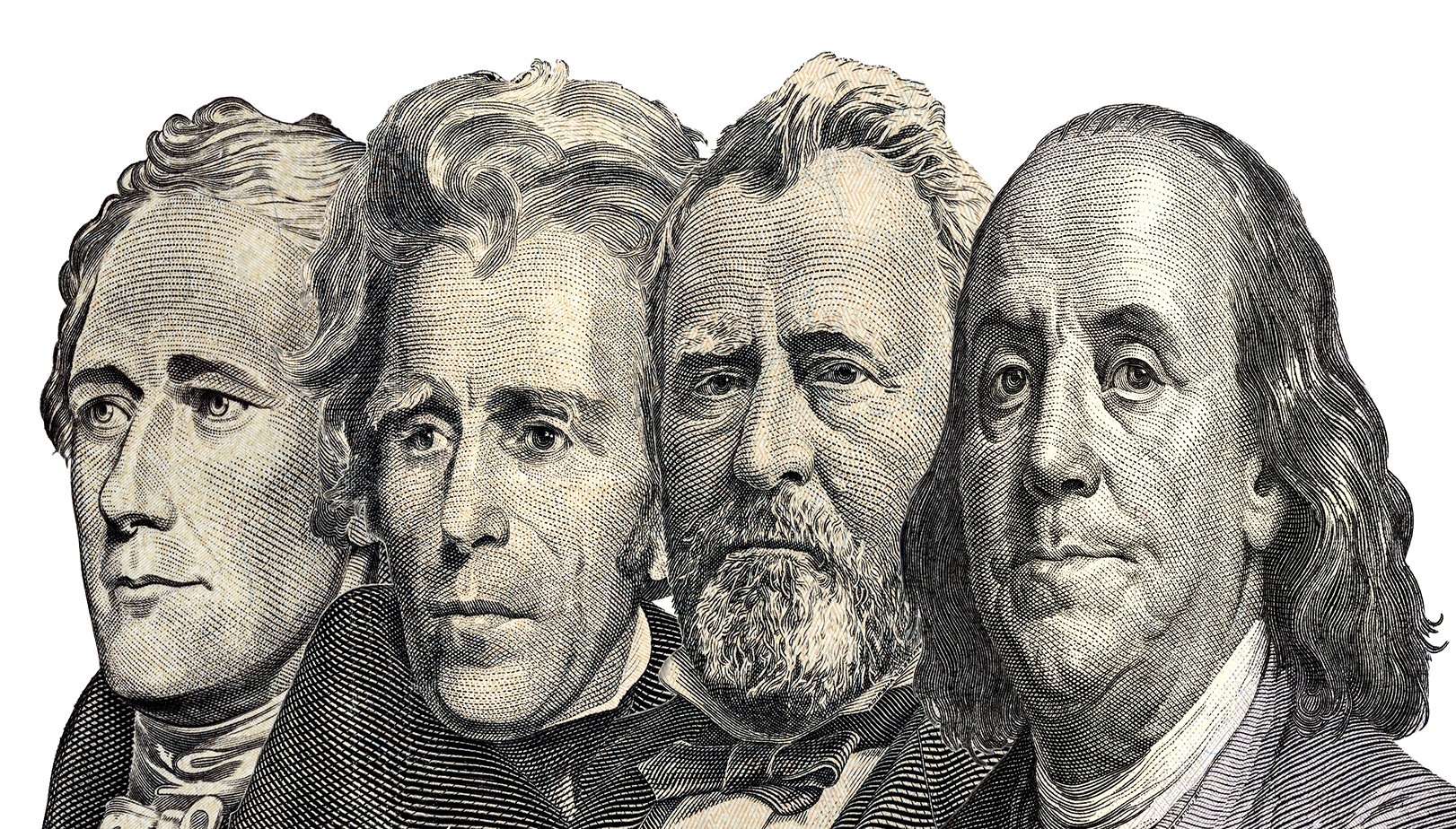From 2008 to 2022, the world enjoyed an era of “free money.” Central banks around the globe kept interest rates at historic lows to stimulate economic growth. This greatly impacted public markets, which saw a record bull run.
These rates were generational lows and, in many cases, all-time lows. Even today’s higher interest rates are a historic anomaly in the past 670 years of data. A few years ago, analysts claimed that we had entered a “new era” of low-interest rates.
But now, the era of free money is coming to an end. The US Federal Reserve has raised rates so hard and fast that the United Nations warns of a global market crash. And even Fed officials are now talking about rates going to 4.75% by early 2023 or even as high as 5%.
Beyond short-term pain
The stock market has responded negatively to rising rates, and there’s no reason to think this time will be any different. Of course, the market has already entered a bear phase, but more pain is likely on the way.
Eight of 9 historical periods when the Fed raised rates have seen recessions. In today’s case, with no downturn declared, the market still has a long way to fall. Jamie Dimon, the CEO of JP Morgan, forecasts another 20% drop in the markets. This is a far cry from the “new era” of low-interest rates that analysts were calling for just a few years ago.
The end of free money also signals the end of easy money for companies. For years, companies have been able to borrow at rock-bottom rates and use that cheap debt to fund share buybacks or another financial engineering. With rates on the rise, that era is coming to an end. And without easy money to prop up earnings, companies will have to start making real profits again.
Beyond the short-term pain, the end of free money could create a new era of lower returns. As an article by The Economist puts it, younger investors can expect “dismal returns” ahead, and analysts forecast a potential “lost decade” for stocks.
In addition to the risk of a further market decline, macro risks could exacerbate the downside. Geopolitical tensions are rising, with hot spots like Russia and Ukraine and likely the China-Taiwan conflict shortly. Trade relations between the US and China are also at a low point.
Even following a sharp market correction, stock market valuations are still relatively high, as PE multiples doubled over the decade that ended on December 31, 2021. This leaves little room for error, and any further negative news, like poor earnings in 2023, could result in a rapid and significant decline.
How private markets can weather the storm
Private equity firms have “trillions in dry powder left to spend,” even after outpacing record-setting fundraising in 2021.
As banks tighten their lending standards, private firms can provide the capital companies need to grow. And with public market valuations still high, private firms will have ample opportunity to buy assets at a discount.
Mergers and acquisitions in tech are already on the rise in the private market as investors seek to take advantage of market conditions. Historically, firms that made acquisitions during downturns significantly outperformed their peers in the following years.
Despite the challenges ahead, the end of free money presents a unique opportunity for investors in private markets. Gridline makes it easy for individual investors and advisors to get exposure to top-performing private funds. You can take advantage of market conditions and build a diversified portfolio that can weather any storm.
